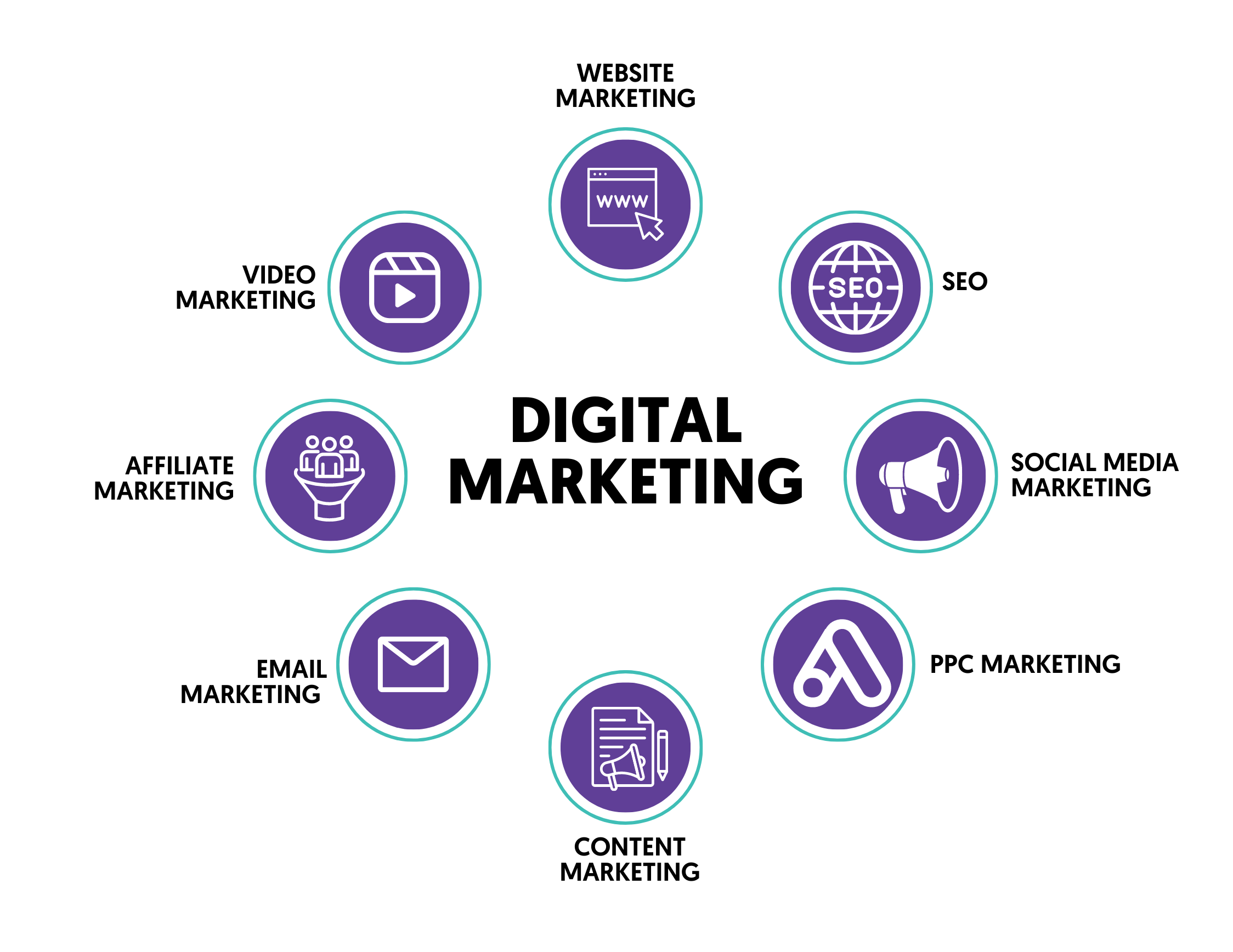
Top 5 Ways to Improve the CTR on Your Website
As website owners, niche bloggers, or WordPress agencies, we sometimes forget that the reason we have a website is so people will click through and do something – like hire us or buy a thing or fill out a form.
We regularly fine-tune our clients’ WordPress sites for speed, accessibility, and Google’s core web vitals. While this is crucial, it’s just the beginning.
Optimizing loading times is essential, but what about metrics like scroll depth or time on page? And even if our CTA gets noticed, it doesn’t guarantee a click to initiate a conversation. How can we achieve that? How can we get the click that matters—the one that converts?
The key lies in optimizing the Click-Through Rate (CTR). This is how you compel users to choose you.
What is a Click-Through Rate?
- Determine the number of clicks on the link.
- This number is divided by the number of impressions (how often the ad/snippet/post was seen).
- The result is multiplied by 100 to obtain a percentage.
- Example: 1400 clicks / 14000 views (impressions) x 100 = 10% CTR
CTR Examples on Various Platforms
- SEO: A high CTR indicates that your search snippet is effectively enticing users to click.
- Social media: A high CTR demonstrates the effectiveness of your posts in grabbing attention and driving clicks.
- Google Ads: Like social media ads, measures ad click success.
- YouTube views: Helps see if video is effective at sparking user interest and clicks.
- Email marketing: A high CTR shows that your email is successful in getting users to click on links.
- Affiliate marketing: Indicates how well an affiliate link grabs user attention and drives clicks.
- Response Rate for Direct Mail: The percentage of recipients who act after receiving a brochure or flyer. This could be visiting a store, calling a phone number, or mailing in a coupon. Like CTR, a high response rate indicates the marketing materials were successful in capturing attention and prompting action.
- Billboards and Conversion Rates: While they don’t generate direct clicks, billboards aim to grab attention and prompt specific actions, such as visiting a website or remembering a brand name. Companies track conversion rates, such as increased website traffic following a billboard campaign launch, to measure the billboard’s effectiveness in driving the desired outcomes.
Aligning CTR with Your Marketing and Business Goals
- Increased Engagement: Encouraging visitors to comment, share, or subscribe to your email list or social media activity.
Lead Generation: Motivating people to download a white paper, sign up for a free trial, or contact you for a consultation.
- Direct Sales: Encouraging people to visit a product page and make a purchase.
Brand Awareness: Increasing visibility of your content to establish yourself as a thought leader in your niche.
A Lot of Clicks Don’t Necessary Equal Success
Analysis and Interpretation: What Does a High Click-Through Rate Mean?
- Relevance: A high click-through rate shows that the ads or content are relevant to the target group.
- Engagement: A strong click-through rate signifies a high level of user engagement, which lays a solid foundation for future marketing strategies.
- Optimization: A consistently high CTR offers valuable insights for refining optimization strategies in both SEO and SEA efforts.
How Do You Improve Your Website’s CTR?
Now you know the whys, let’s talk specifically about how you can improve your click-through rate. There are a lot of different ways you can go — it all depends on your goal. Where do you start? Good questions.
Social media is a great place to ask questions. So, we asked people what they think. As you can see, we’re connected with some really smart people. Here are some of their ideas:
- Match Your Title Tag to Your H1 Tag: Maintain consistency between the clickable headline in search results (title tag) and the main heading on your webpage (H1 tag) to enhance user experience and SEO performance.
Craft Attention-Grabbing Titles (Avoid Clickbait): Develop captivating headlines that seize attention without resorting to misleading tactics, ensuring users’ expectations are fulfilled when they click through.
- Optimize Your Content for SERP Features: Structure your content to be eligible for special search result snippets like reviews or event details.
- Avoid Being Cut Off Due to Pixel Length: Keep titles concise to avoid truncation in search results.
5. Pay-per-click (PPC) advertising
Typical examples of PPC advertising include:
Banner ads that flank web content on the sides or top of the page
Social media ads are strategically placed in the feeds of targeted audiences.
6. Social media marketing
Examples of social media marketing include:
- Videos posted on social media as part of a larger campaign, like the 80s-themed music video created by peanut company Planters for the holidays, are a powerful marketing tool.
Pictures posted on Instagram that reflect a brand’s identity, like Patagonia’s nature-filled Instagram account, serve as a visual representation of the brand’s values and ethos.



